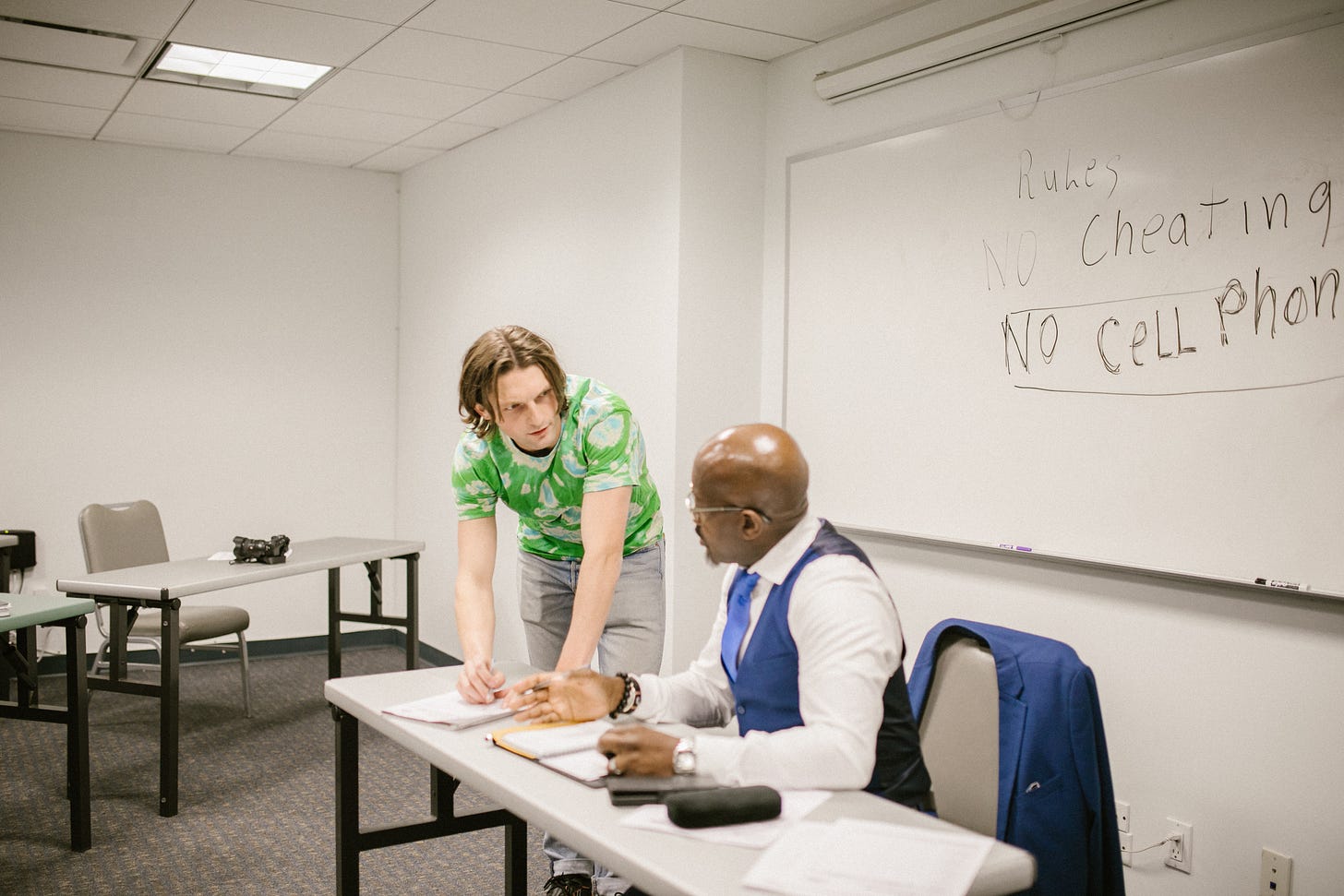Tip: 'Muddiest Point' & Minute Papers
A quick way to check in on student understanding & points of confusion that also sparks student metacognition.
One of the things I miss most about teaching in person is the five or so minutes just before class starts and just after class ends. That’s when students who were too shy to ask a question during class hover in front of my desk, waiting to talk with me about their concerns. Sometimes their questions are only helpful for them - reminding me of a planned absence, or a question about a specific grade. But quite often I find that their questions point to an important missed piece of information or misunderstanding that I want to be sure to correct before all of the students get too far along in the week’s work.

Now that my classes are remote, I do still have some students who hang out in the Zoom room for a few minutes to ask a final question, but it happens less often. Because I want to find a way to still be informed by both of the questions the students have and what their misunderstandings are, I have to go about getting this information in a slightly more formal way. Two specific strategies that I use & find helpful are the minute paper and the muddiest point - which are really more two sides of the same strategy. Both are similar to - but ask for a bit more in-depth responses - than exit tickets.
Minute paper
At the end of a class session, give students a couple minutes to respond to a short question. What you ask will depend on your subject area and what students worked on in class that day, but it can range from questions about a specific lecture topic to reflection on their own learning to application or integration:
What was the most important point in the lecture?
What would you like to learn more about?
Finish the sentence: "I was surprised to learn . . "
Tell me about one context in which you could apply what we learned today.
Tell me about something in another course that you think connects to what you learned today.
This works for asynchronous courses as well - assign a short survey or discussion board at the end of the week, or mid-way through a module or unit, to capture some information on students’ developing understanding.
Muddiest point
The muddiest point works in much the same way as the minute paper, but it asks students to share what they feel most confused about from that day’s class. I particularly like using this technique rather than relying on simply asking whether anyone has a question, or even what questions do you have? at the end of class. Because you’re asking all students to respond independently rather than asking students to share their questions in front of each other, I find that students offer unique points of confusion - and when they have the same point of confusion, that really is good evidence, too.
Video on the “Muddiest Point” from McGill University Teaching & Learning Services
Make sure to prep students…
By telling students at the beginning of the class that you’ll ask them to reflect on and share one thing they learned, or explain a specific point in their own words, or to share what they are most confused about, it alerts students to reflect on their own understanding of concepts or activities throughout the class session. This additional layer of thinking about their thinking (more on metacognitive strategies here) can help students stay engaged with class activities, which is particularly helpful with remote/live class sessions.
…and then follow up after.
I think it’s important that we as instructors respond in some way. As with most activities we ask students to do, if we don’t respond, students get the message that their work is not important or valued. This doesn’t mean responding to each individual paper; it can be as simple as telling the class, “I read through all the minute papers, and here’s what I learned.” You could also post common questions and your responses in an announcement or Q&A discussion board. The goal is to assure students that their responses are valued, and are perhaps helping to shape future class sessions or assignments, not to add significant work to the instructor’s plate.
For more reading…
Tufts CETL put together a helpful handout on using the minute paper
More on other classroom assessment techniques (CATs)




